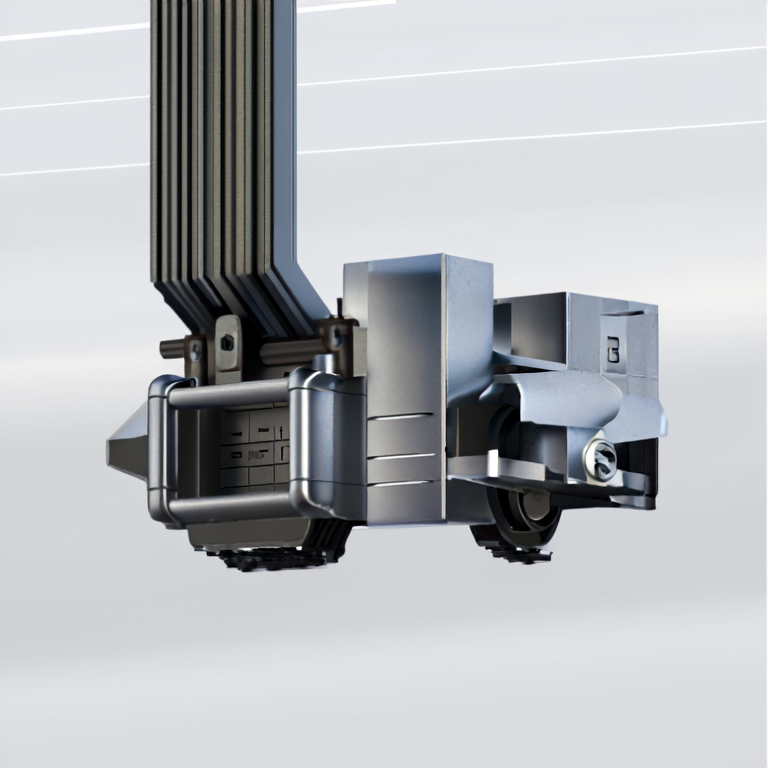Do You Know the Environmental Limits of Your ADSS Suspension Clamps?
Understanding the environmental limits of your ADSS suspension clamps is crucial. Failure to do so can lead to costly repairs and safety hazards. People often overlook how weather and conditions affect these cable clamps. They play a key role in maintaining stability and performance. Knowing the limits helps you avoid damage during storms, high winds, or extreme temperatures. Think about the
Introduction
Understanding the environmental limits of your ADSS suspension clamps is crucial. Failure to do so can lead to costly repairs and safety hazards. People often overlook how weather and conditions affect these cable clamps. They play a key role in maintaining stability and performance. Knowing the limits helps you avoid damage during storms, high winds, or extreme temperatures. Think about the scenarios where cable clamps are essential: outdoor telecommunication installations, power line fittings, and more.
 ADSS Suspension Cable Clamp">
ADSS Suspension Cable Clamp">
Summary Answer
The environmental limits of ADSS suspension clamps typically include temperature ranges from -40°C to 90°C, humidity levels, UV exposure, and wind forces up to 60 m/s. Understanding these limits ensures proper performance and longevity.
Key Factors Influencing Environmental Limits
- Temperature Variance
ADSS suspension clamps must endure extreme temperatures. For example, they are effective in temperatures ranging from -40°C to 90°C. Installing them in environments outside this range can lead to failure.
- Humidity and Corrosion
High humidity levels can cause corrosion in the clamps, which decreases their lifespan. Regular inspection in humid areas is essential to prevent rust and degradation.
- Wind Resistance
Wind forces can impact the structural integrity of ADSS suspension clamps. They must withstand wind speeds of up to 60 m/s to avoid damage during storms.
Case Study: Performance Under Weather Conditions
A study showed that ADSS clamps in coastal areas, exposed to high salt levels and humidity, required maintenance every six months compared to clamps in drier areas, which needed maintenance yearly.
Conclusion
In conclusion, knowing the environmental limits of ADSS suspension clamps is vital. These limits, including temperature, humidity, and wind resistance, ensure the clamps perform well and last longer. Always keep these factors in mind when choosing your suspension clamps for various setups.
FAQ
Q: What are ADSS suspension clamps primarily used for?
A: ADSS suspension clamps are mainly used to hold and support all-dielectric self-supporting (ADSS) cables in various outdoor installations.
Q: Can ADSS suspension clamps be used in extreme temperatures?
A: Yes, but only within the specified limits, usually between -40°C to 90°C for optimal performance.
Q: How often should I check my ADSS suspension clamps?
A: It is recommended to inspect the clamps at least twice a year, more frequently in corrosive environments.
Table of Contents
- Introduction
- Summary Answer
- Key Factors Influencing Environmental Limits
- Case Study
- Conclusion
- FAQ